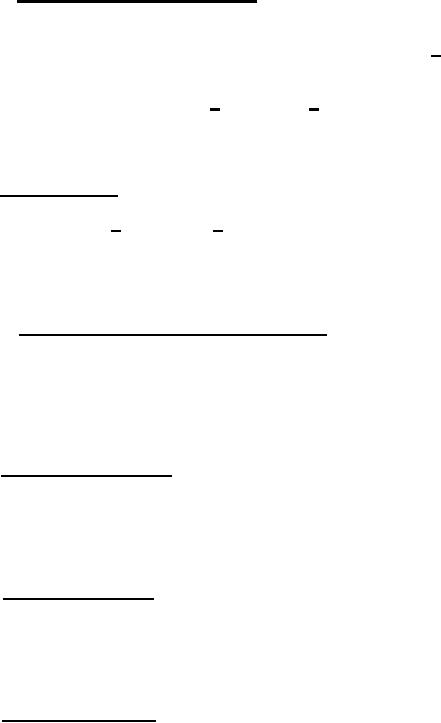 |
|||
|
|
|||
| ||||||||||
|
|  MIL-T-6396E
4.6.15.2 Fabric inner liner strength. The tensile strength of the fabric
inner layer ply, without barrier, shall be determined in accordance with
FED-STD-191, method 5100 before and after immersion in TT-S-735, type III test
fluid, for 72 hours at a temperature of 135F 3F (57C + 2C). Also, the
tensile strength shall be determined before and after immersion in a solution
of 25 percent MIL-I-27686 inhibitor and 75 percent water, by volume, for 72
0
hours at a temperature of 135F + 3 F (57C + 2C). The tensile strength
reduction shall be reported. The tensile strength shall be reduced no more
than 20 percent for fuel immersion and 50 percent for water immersion
calculated on the basis of the original cross-sectional area.
4.6.16 Seam adhesion. The seam adhesion of the inner layer ply to itself
before and after immersion in TT-S-735, type III test fluid, for 72 hours at a
temperature of 135F + 3F (57C + 2C) shall be tested within 4 hours along the
length of the seam by the strip-back method, using a jaw separation rate of 2
inches per minute in accordance with FED-STD-601, method 8011. Where the
adhesion of the seam is less than the strength of the material, the adhesion
shall be a minimum of 6 pounds per inch.
As an alternate procedure to
4.6.16.1 Seam adhesion (alternate procedure).
the above, the seam adhesions of the inner layer ply to itself may be tested by
cutting a strip of inner layer material 1-inch wide, having a seam made in the
same manner as is used in the tanks submitted under 4.3.1.1. This seam shall
be perpendicular to and midway in the length of the strip. When a tensile load
has been applied parallel to the length of the strip of sufficient magnitude to
break the strip, there shall be no failure of the seam.
4.6.17 Puncture resistance. A tank wall shall be fastened in a specimen
holder in accordance with figure 3. A piercing instrumnet with its end
conforming to figure 3 shall be forced against the tank wall at approximately
the center of the area enclosed by the specimen holder. The rate of travel of
the piercing instrument shall not exceed 20 inches per minute. The force
required to puncture the tank shall be no less than 15 pounds.
4.6.18 Impact resistance. One 12- by 12-inch panel shall be so clamped in a
hardwood frame that the area of unsupported panel is at least 120 square
inches. A steel ball weighing 0.5 pound shall be dropped on the panel from a
height of 10 feet. The impact blow shall be approximately at the center of the
area of the panel, which shall be horizontal at the time of the impact. No
delamination, rupture, or cracking of the panel shall occur.
4.6.19 Gunfire phase I). Type II, class B sample cubes shall be subjected to
gunfire tests when installed in a jig as shown on figure 4. The temperature
shall be measured by a thermometer or thermocouple immersed in the fluid. The
test cubes shall be mounted 75 feet from the gun. All entrance rounds shall be
fired into the cube space occupied by the fluid. A nonmetallic yaw plate may
be used for tumbled entrances. The following gunfire schedule shall be used:
One .50 caliber projectile 90 degrees to the cube surfaces
Round 1:
3/4-to full tumble.
Round 2:
One .50 caliber AP projectile 45 degrees to the cube surface,
straight in, with exit.
Round 3:
One 20 millimeter (mm) AP 90 degrees to the cube surface with
exit.
20
|
|
Privacy Statement - Press Release - Copyright Information. - Contact Us |